By Michael Haskew
In February 1916, Allied military leaders met at Chantilly, in the Picardy region of France to discuss grand strategy as World War I entered its second full year. British and French commanders agreed to undertake a joint offensive against the Germans in the West, and the area of the Somme River in northern France was chosen. [text_ad]
Meanwhile, the German high command unleashed an offensive of its own, striking hard at French positions surrounding the city of Verdun further east. The French were obliged to commit ever growing numbers of troops to the terrible fighting at Verdun, and the planned Somme offensive became largely a British affair. The character of the offensive also changed. Success at the Somme would hopefully force the Germans to divert troops from Verdun, relieving pressure on the beleaguered French.
Four Months of Vicious Fighting
The four months of horrific fighting that followed have been remembered as one of the bloodiest military engagements in history. The Battle of the Somme, fought July 1 through November 1, 1916, resulted in more than 1.2 million men killed, wounded, or captured. On the opening day of the offensive, the British Army lost 60,000 men, making July 1, 1916, the bloodiest day in British military history. There was no major strategic goal clearly identified with the Somme offensive. Allied commanders, including General Douglas Haig, commander of the British Expeditionary Force, and Field Marshal Joseph Joffre of France, hoped to breach the German defensive lines and exploit the resulting gap with cavalry. The Germans, however, had constructed defenses in depth with bunkers that were sometimes 30 feet below ground, machine-gun positions with interlocking fields of fire, and barbed wire entanglements that slowed attacking infantry and funneled them into killing zones that exacted a heavy toll. Prior to the Somme, Haig had commented that he did not believe the machine gun would change the conduct of modern battlefield operations, and the anachronistic military thinking of Allied commanders cost them dearly. As a prelude to the initial infantry assaults, Allied artillery pounded German positions for a week, firing more than 350,000 shells and prompting one British officer to tell his troops, “You won’t even need guns when we are finished. You will be able to walk over there and take the ground. All the Germans will be dead.”
Over 1 Million Casualties
On the contrary, when the final preparatory barrage lifted, many of the German positions remained intact. The enemy soldiers left their bombproof bunkers and took their positions, raking the Allied infantry with concentrated fire. Attacking at Beaumont Hamel, the Canadian Newfoundland Regiment, attached to a British division, lost 324 dead and 386 wounded from a complement of 801 soldiers in just half an hour. A stalemate subsequently developed, punctuated by weeks of costly attacks and counterattacks. Estimated casualties include more than 600,000 German, 420,000 British, and 200,000 French soldiers. Haig has been criticized for repeatedly ordering British infantry forward in frontal assaults against the German machine guns and for prolonging the agony by extending the obviously stalled offensive into the autumn of 1916. By the time the Somme offensive was cancelled, the deepest Allied penetration along the 30-mile front was only seven miles.
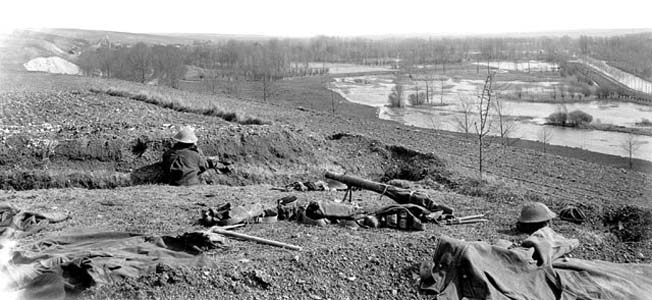
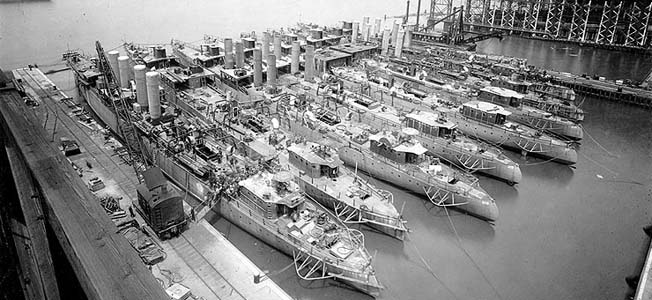
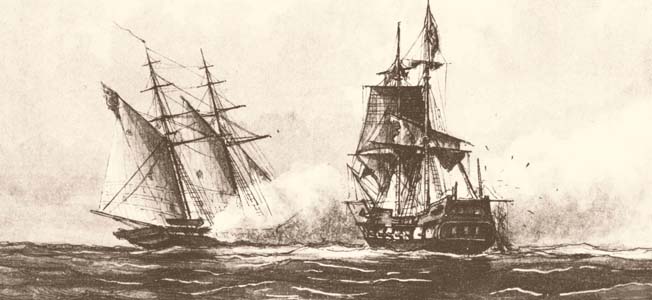
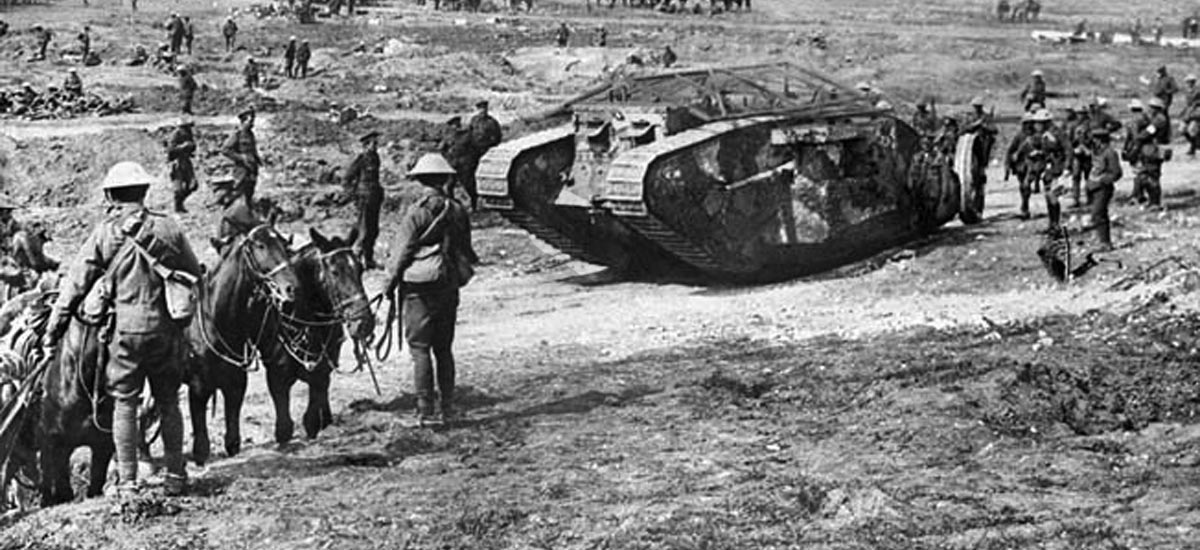
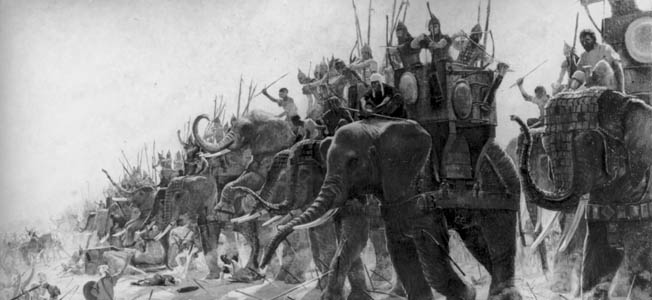



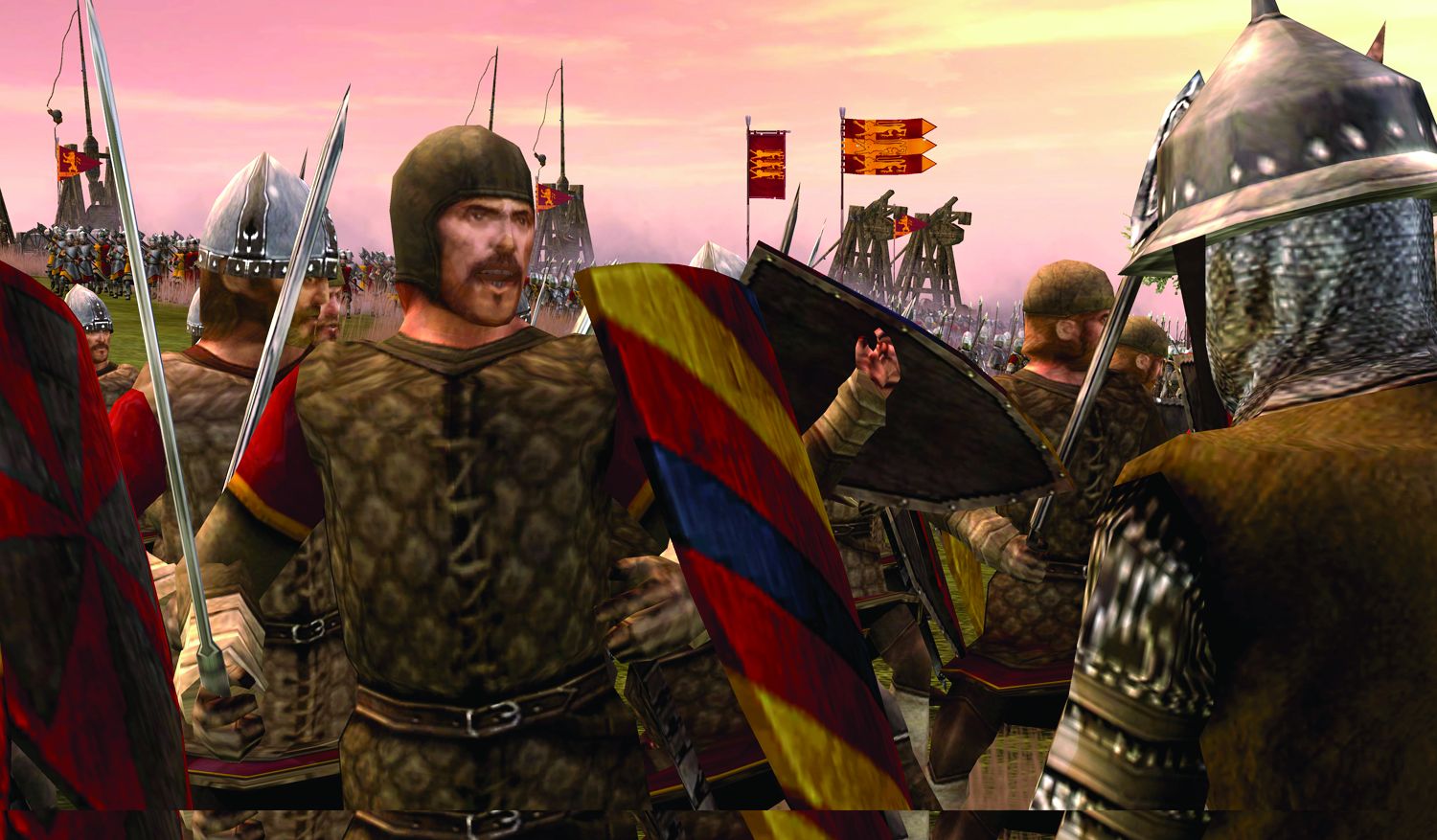
Join The Conversation
Comments